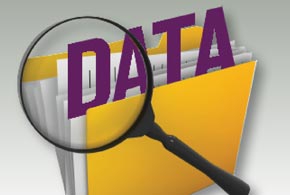
Do You Know Where Your Critical Data Lives?
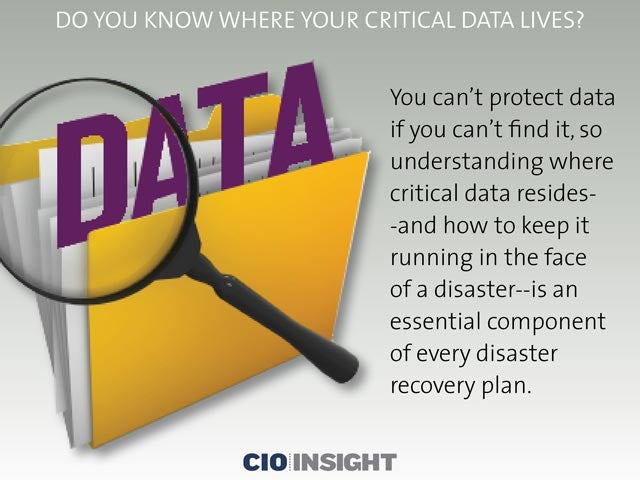 Do You Know Where Your Critical Data Lives?
Do You Know Where Your Critical Data Lives?
You can’t protect data if you can’t find it, so understanding where critical data resides–and how to keep it running in the face of a disaster–is an essential component of every disaster recovery plan.
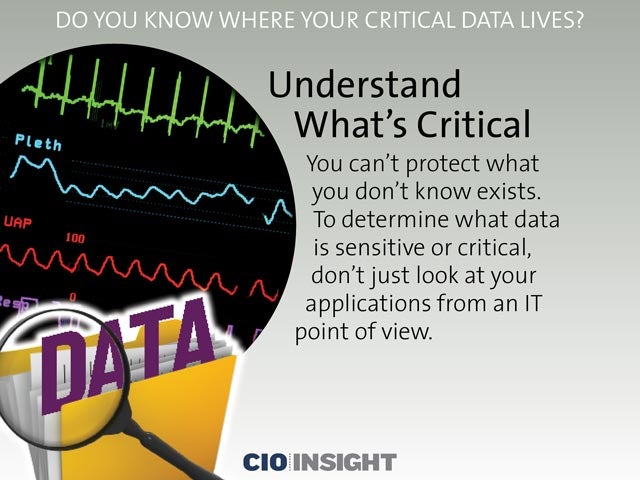 Understand What’s Critical
Understand What’s Critical
You can’t protect what you don’t know exists. To determine what data is sensitive or critical, don’t just look at your applications from an IT point of view.
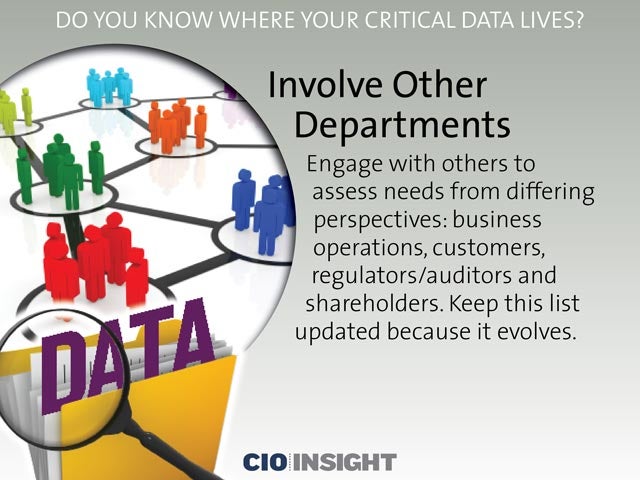 Involve Other Departments
Involve Other Departments
Engage with others to assess needs from differing perspectives: business operations, customers, regulators/auditors and shareholders. Keep this list updated because it evolves.
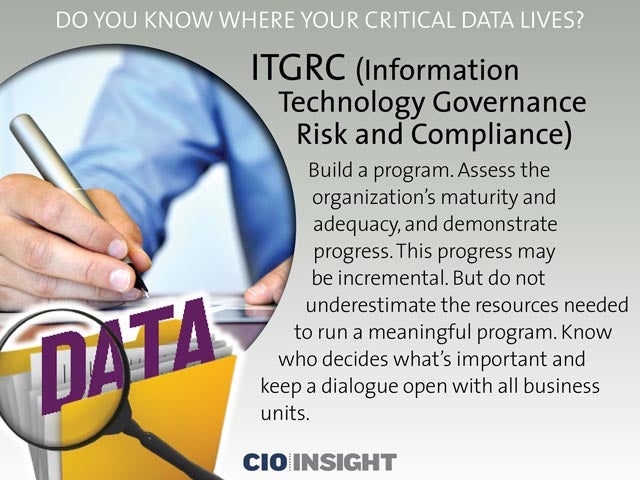 ITGRC (Information Technology Governance Risk and Compliance)
ITGRC (Information Technology Governance Risk and Compliance)
Build a program. Assess the organization’s maturity and adequacy, and demonstrate progress. This progress may be incremental. But do not underestimate the resources needed to run a meaningful program. Know who decides what’s important and keep a dialogue open with all business units.
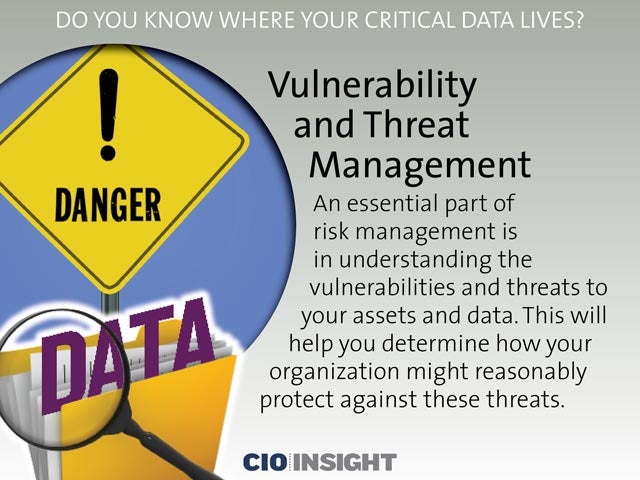 Vulnerability and Threat Management
Vulnerability and Threat Management
An essential part of risk management is in understanding the vulnerabilities and threats to your assets and data. This will help you determine how your organization might reasonably protect against these threats.
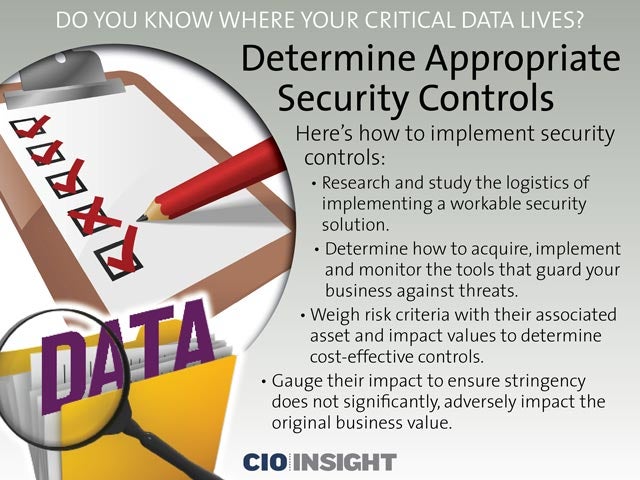 Determine Appropriate Security Controls
Determine Appropriate Security Controls
Here’s how to implement security controls: Research and study the logistics of implementing a workable security solution. Determine how to acquire, implement and monitor the tools that guard your business against threats. Weigh risk criteria with their associated asset and impact values to determine cost-effective controls. Gauge their impact to ensure stringency does not significantly, adversely impact the original business value.
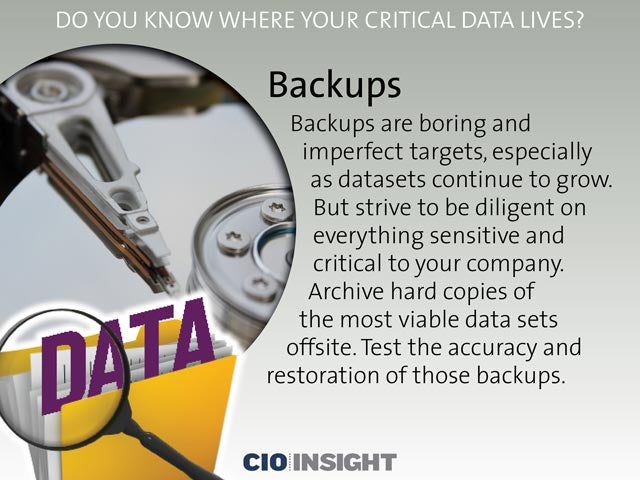 Backups
Backups
Backups are boring and imperfect targets, especially as datasets continue to grow. But strive to be diligent on everything sensitive and critical to your company. Archive hard copies of the most viable data sets offsite. Test the accuracy and restoration of those backups.
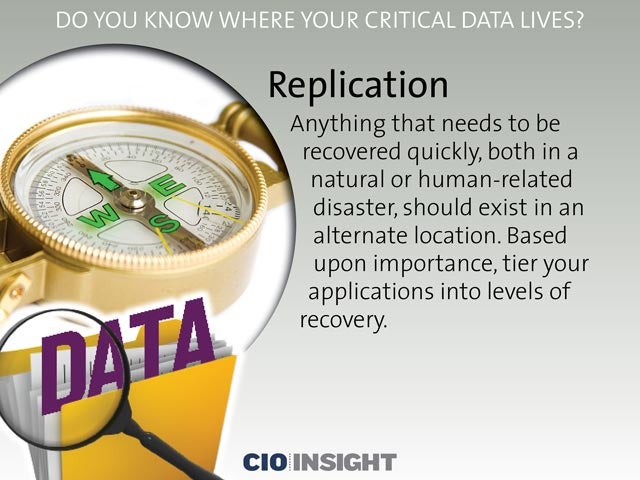 Replication
Replication
Anything that needs to be recovered quickly, both in a natural or human-related disaster, should exist in an alternate location. Based upon importance, tier your applications into levels of recovery.
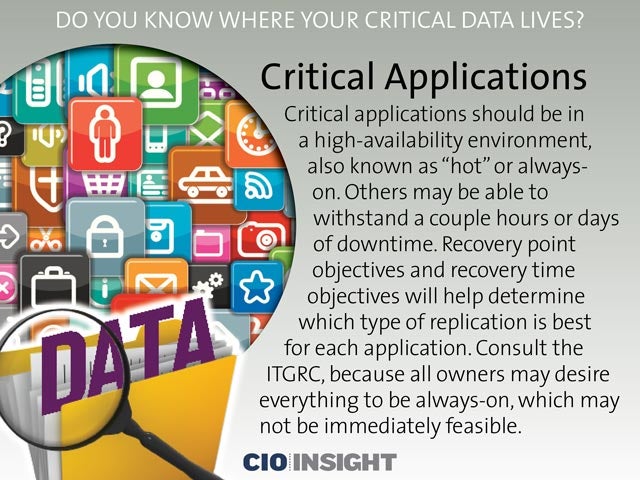 Critical Applications
Critical Applications
Critical applications should be in a high-availability environment, also known as “hot” or always-on. Others may be able to withstand a couple hours or days of downtime. Recovery point objectives and recovery time objectives will help determine which type of replication is best for each application. Consult the ITGRC, because all owners may desire everything to be always-on, which may not be immediately feasible.
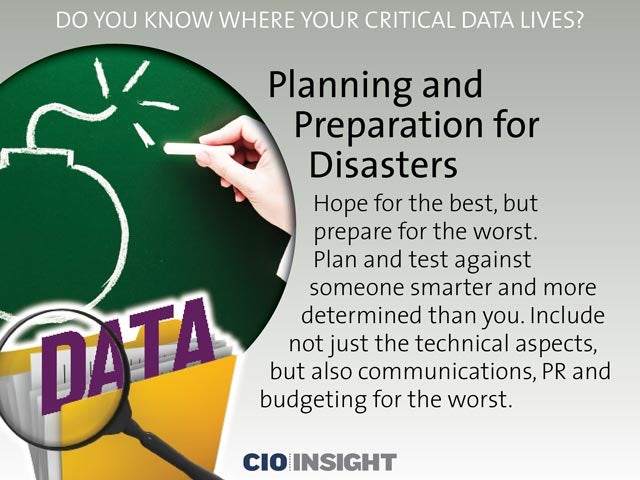 Planning and Preparation for Disasters
Planning and Preparation for Disasters
Hope for the best, but prepare for the worst. Plan and test against someone smarter and more determined than you. Include not just the technical aspects, but also communications, PR and budgeting for the worst.
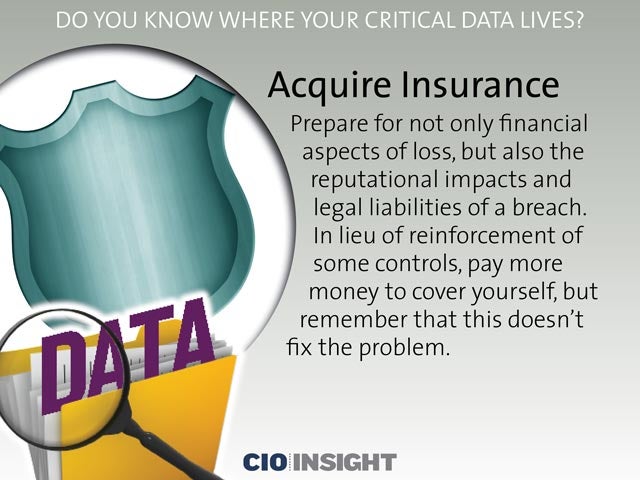 Acquire Insurance
Acquire Insurance
Prepare for not only financial aspects of loss, but also the reputational impacts and legal liabilities of a breach. In lieu of reinforcement of some controls, pay more money to cover yourself, but remember that this doesn’t fix the problem.
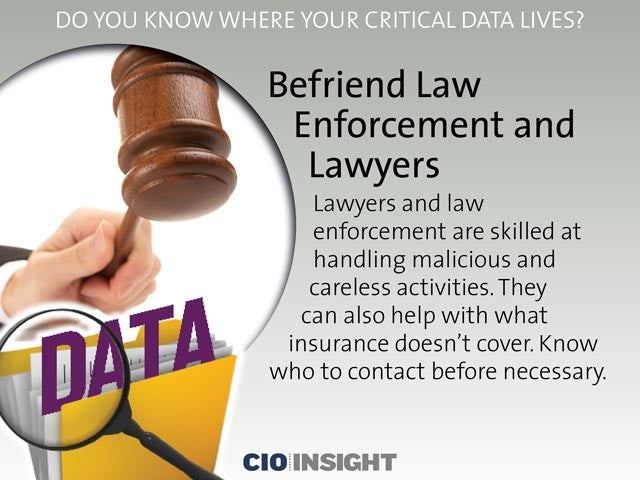 Befriend Law Enforcement and Lawyers
Befriend Law Enforcement and Lawyers
Lawyers and law enforcement are skilled at handling malicious and careless activities. They can also help with what insurance doesn’t cover. Know who to contact before necessary.
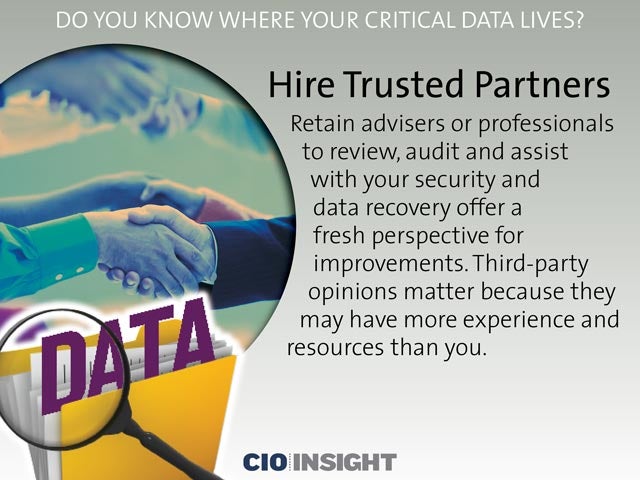 Hire Trusted Partners
Hire Trusted Partners
Retain advisers or professionals to review, audit and assist with your security and data recovery offer a fresh perspective for improvements. Third-party opinions matter because they may have more experience and resources than you.